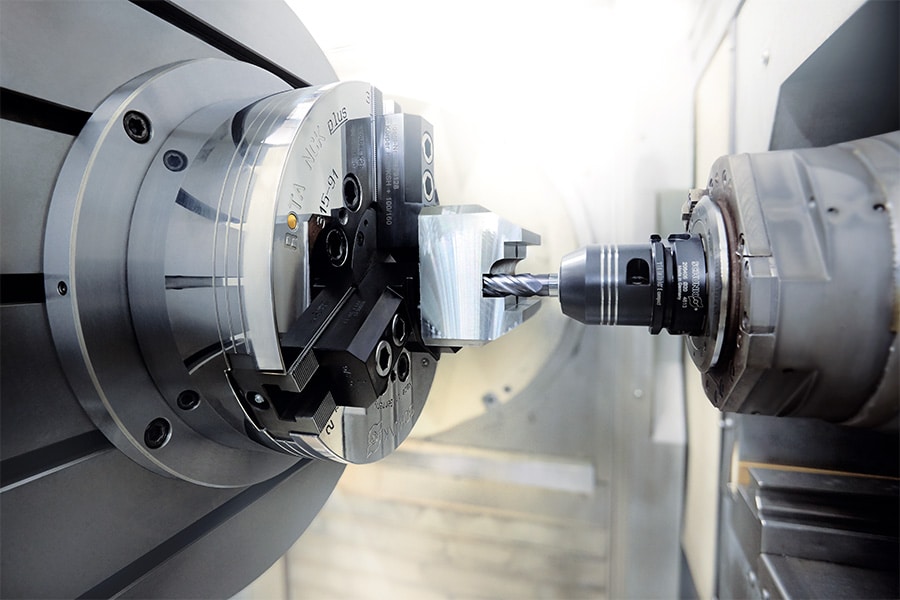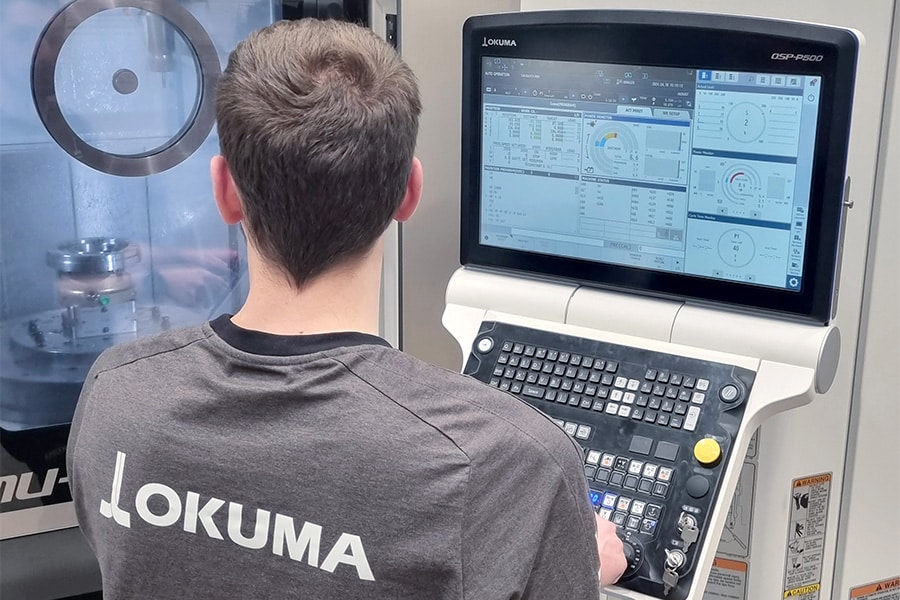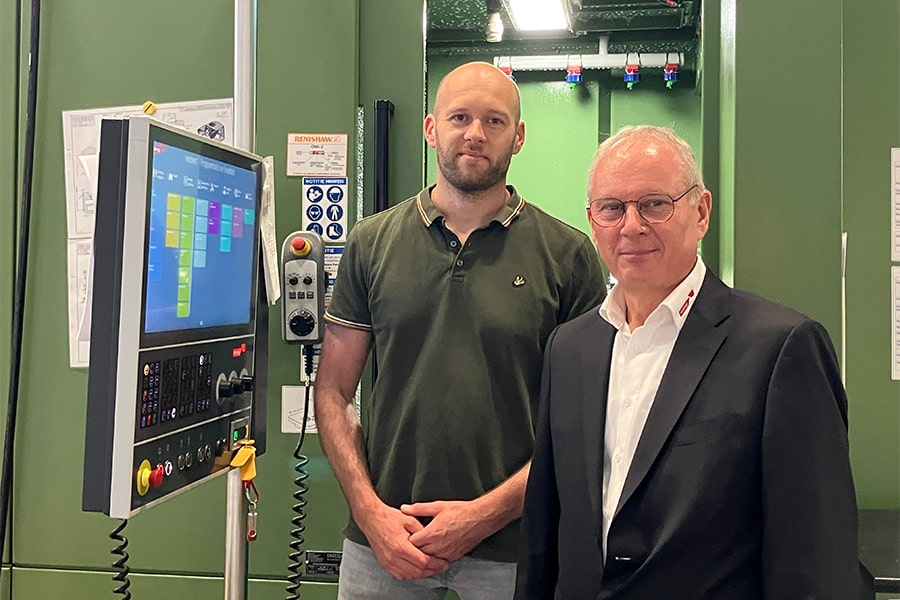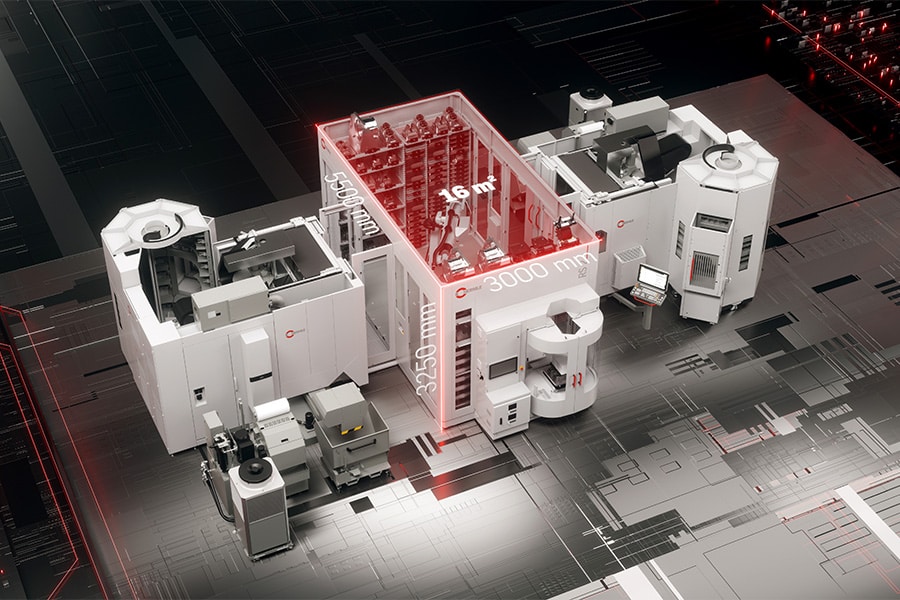
The Pen | Tomorrow's worker must be prepared by education and industry
Some 700,000 students resumed their studies in secondary or higher education in September. Are the degrees they earn meeting industry demand? Not yet. We need to better prepare students for the industry of tomorrow, which includes robots.
Companies must take more initiative to close the gap between education and industry. That industry is evolving rapidly due to digitalization and technological advances. This is having an irreversible effect on the content of jobs, which today no longer correspond to the content of the courses that students start. As a result, companies are finding it increasingly difficult to find the right profiles and vacancies remain open. In order to close the gap, not only education must urgently reform, but also industry must assume its responsibility. Today we learn in school what was groundbreaking in industry yesterday. And that has to change.
Everything starts with providing the right knowledge: industry can advise educational institutions on curriculum content in the first place by providing specialists from the field. In addition, industry can bet on valuable internships to give students a taste of their future. If industry takes more initiative to support education, students will be better prepared for the industrial future. Still, certain job openings remain difficult to fill. Robots can address this. Many see robots as a threat to the job market, but the reality is that we need them. To give an example, computers were also seen years ago as a threat to employment, but nothing could be further from the truth. Every industry relies heavily on the help of a computer. The same thing is now happening systematically with robotization.
In the past but also in the future, robots and cobots are filling jobs that industry can no longer find workers for: the DDD jobs, or Dull, Dirty and Dumb. In fact, robots are even a necessity for tight labor markets. The benefits that robots bring are of great importance in future industry. In all its shapes and sizes, robots assist people in making choices, improve ergonomics and thus help improve the quality of the final product. But they also keep knowledge and production capacity here, and it creates more challenging tasks for employees, who in turn need specific training.
Robots and proper training are thus important cornerstones in building the industry of the future. They are communicating vessels that definitively affect the labor market: we need robots to fill tasks that industry cannot find workers for, but to program and build robots, we need workers trained to do so. Consequently, industry has no choice but to contribute to the formation of technical profiles.



